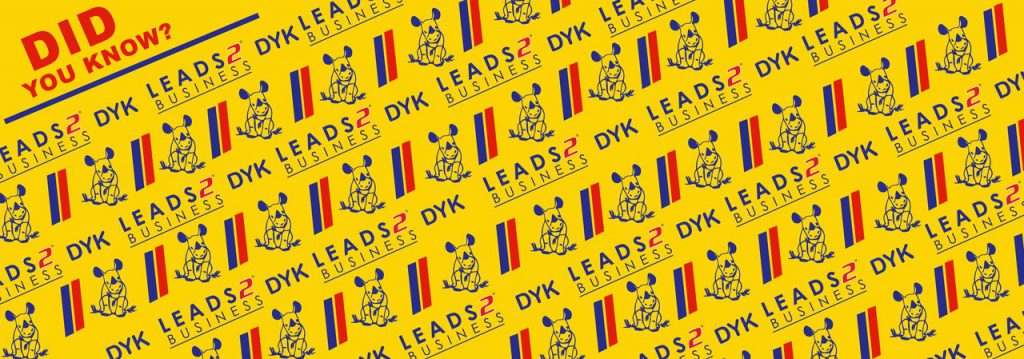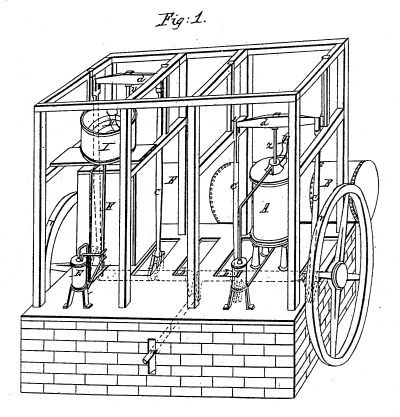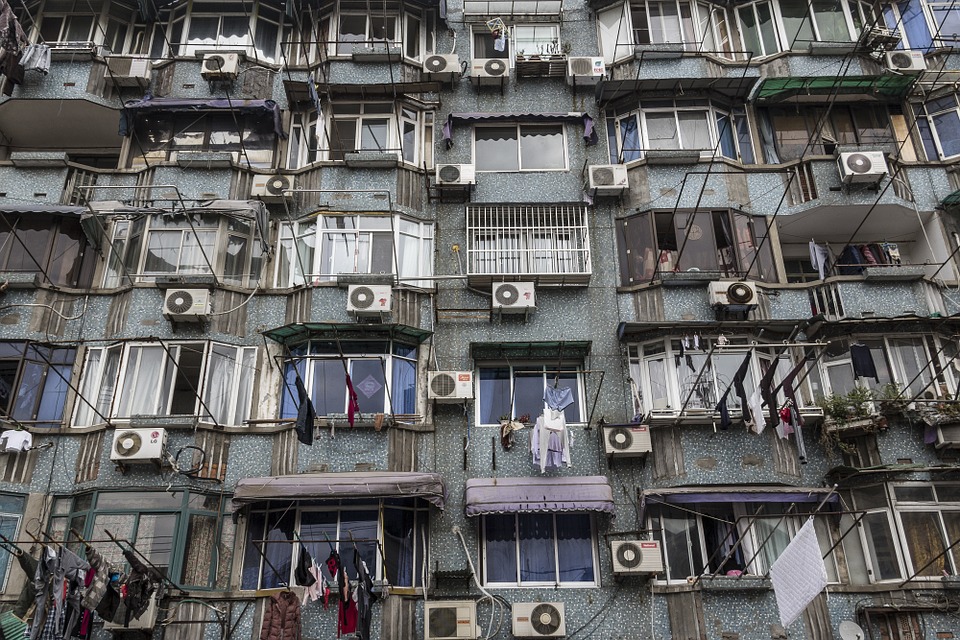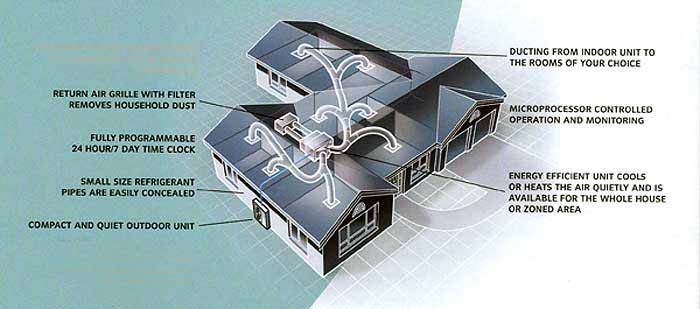Some WACKY & BIZARRE sources for Alternative ENERGY!!

When I think of Green or Alternative Energy, I think of Wind and Solar Energy! But wind energy is inconsistent, and solar energy can’t be harnessed at night or on cloudy days.
Unfortunately, we live on a planet of finite resources, and we have some really clever scientist who rather than wait for the oil wells to run dry and coastal cities to disappear beneath rising sea levels, are exploring more unusual sources of producing and harnessing renewable energy, and decreasing worldwide dependency on fossil fuels.
With fossil fuels on the verge of being exhausted, the search for abundant, cheap energy is constant, and has led to some pretty strange, surprising and even ridiculous discoveries, some “pleasant” like coffee or chocolate and some “not so pleasant” like poop!
Here are 14 of the wackier ideas for alternative energy in no particular order!
Wacky no 1. PUSH POWER / TEXTING

Everywhere you look these days, people have their heads down, vigorously texting away as though their lives depended on it. Americans sent a whopping 12.5 billion text messages in just one month in 2006, and cell phone users in the United Kingdom send out one billion a week. Although it can be annoying, what if each of those finger taps could generate power?
That is the idea behind Push to Charge, one of the innovative entries into the 2008 Greener Gadgets Design Competition. The concept relies on what’s called piezoelectricity. Some metals can build up an electric charge under pressure, and this effect can be used to generate energy on surfaces like roads, floors and even cell phone screens.
The Push-to-Charge cell phone would feature plastic buttons sitting atop a layer of hard metal. The bottom layer would be made out of piezoelectric crystals, so that each time you pressed a button, the hard metal directly underneath it would hit the underlying crystal like a hammer, creating a small amount of voltage. Small wires located between the layers would convey the charge to a battery for storage.
The same technology could be used in any other product that features buttons, including computer keyboards and video games.
You have to agree that generating electricity simply by typing on a keyboard or keeping in touch with your friends and family is pretty awesome.
Wacky no 2. SUGAR

Did you know?: That sugar can be converted to hydrogen and that it could be a way to fuel a vehicle.
Researchers at Virginia Tech University are developing a way to convert sugar into hydrogen, which can be used in a fuel cell, providing a cheaper, cleaner, pollutant-free and odourless drive.
The method involves combining plant sugars, water and 13 powerful enzymes in a reactor, converting the concoction into hydrogen and trace amounts of carbon dioxide. The hydrogen could be captured and pumped through a fuel cell to produce energy. This process delivers three times more hydrogen than traditional methods, which translates into huge cost savings.
Research is also underway to develop the same technology to create long-lasting sugar-based batteries for laptops, cell phones and other electronics, although it could be another ten years before we begin to see any results from these experiments or before consumers can actually dump sugar into their fuel tanks.
Wacky no 3. LEFT-OVER FOODS

Did you know?: That the food and waste we throw out on a daily basis can be used to generate biofuel which can, in turn, be used as an alternative source of energy.
Our leftover foods such as fruit skins or coffee as well as other organic matter when stored and degraded over a period of time, generate methane and several other gases that can be used as biofuel.
Many small-scale industries have, in fact, started generating electricity with the biogas generated from collecting garbage.
Wacky no 4. BACTERIA (E.COLI)

If you are like ME, the word ‘E. coli’ makes me want to run for the hills!
But did you know?: That this tiny organism commonly associated with stomach cramps and vomiting could actually alleviate some of our energy challenges … by excreting crude oil.
As you know the world is full of bacteria which, like every living organism, have a survival plan for when food is in short supply. E. coli bacteria store fuel in the form of fatty acids, the same fatty acid that is needed for the production of biodiesel fuel.
Scientists removed enzymes from the bacteria to boost fatty acid production and then dehydrated the fatty acid to get rid of the oxygen, which turned it into a type of diesel fuel. That means because of the raw materials it uses, the process will take even more carbon out of the atmosphere than what it puts back in. And these organisms wouldn’t rely on any single agricultural waste, thereby eliminating the controversy over using specific food crops for fuel. Instead, the process would rely on whatever is abundant in the local environment.
The same bacteria that can make us sick can also help save people money and our environment, by providing fuel for transportation.
Wacky no 5. BODY HEAT

Finally, we’re reverting back to the traditional way of harnessing energy – Natural Body Heat!
Did you know?: The heat your body produces can warm an entire building? At least that’s what is happening in Stockholm and Paris, but Sweden has the most efficient method of harnessing it.
The body heat generated by the 250,000 commuters who crowd Stockholm’s railway station (Scandinavia’s busiest travel hub) each day is immense. This heat used to drift off into the air and was wasted until engineers have figured out a way to harness it and transfer it to a newly renovated office building down the block.
The heat generated by the commuters is captured by the station’s ventilation system and used to warm water in underground tanks. This water is then redirected into the office’s ventilation, thus heating the entire block.
Wacky no 6. HUMAN WASTE (NOT so Pleasant)

Did You Know?: That faeces (poo) contain methane, a colourless, odourless gas that could be used in the same way as natural gas, instead of fossil fuels.
At Delft University of Technology in the Netherlands, researchers are working on an alternative to fossil fuels. They’ve developed a state-of-the-art toilet for use in developing countries that employs microwaves to chemically alter human waste into syngas, a mixture of carbon monoxide and hydrogen. This syngas can then be used in stacks of fuel cells to generate electricity, where one toilet could generate enough energy to power several households.
In Bristol, Australia a VW Beetle car is powered by methane captured from a raw sewage treatment plant. Engineers from Wessex Water estimate the waste from 70 homes can generate enough gas to make the car run for 10,000 miles.
Some companies claim to have found the best source: used nappies, as it’s an unlimited resource. Urea, on the other hand, due to its saline properties, can be easily hydrolysed to obtain hydrogen. Overall, urea is better than simple water for this process.
Urea is also an accessible, non-toxic, organic chemical compound rich in nitrogen. So, humans are constantly carrying around a chemical compound that can produce electricity.
Wacky no 7. Cows

Did you know?: That Cows are responsible for 18 percent of greenhouse gas emissions.
A 2006 United Nations report estimated that cows, along with other livestock like sheep and goats, contribute about 18 percent of the greenhouse gases that are warming the planet. More than cars, planes and all other forms of transportation put together.
That’s largely true because bovine emissions are rich in methane, a gas that’s 21 times more efficient than carbon dioxide at trapping heat in the atmosphere.
Scientists have already developed a method for extracting methane from cow excrement and converting it to a biogas fuel that’s of sufficient quality to be fed into a standard natural gas pipeline. In California, a company called BioEnergy Solutions uses that method to produce 18,406 cubic meters of biogas from manure, enough to power 200,000 households.
Six hundred cows that produce 18,000 gallons of manure daily are helping a farm in Pennsylvania save $60,000 a year. The waste is used to produce electricity, bedding, fertilizer and heating fuel.
And Hewlett-Packard recently released a study explaining how a dairy farmer could make money by leasing land to Internet server companies, who could power computers with the methane.
In Argentina, a major beef producing nation where the collective herd of 55 million cattle outnumbers the human population, researchers have developed a special bovine backpack that captures a cow’s emissions via a tube attached to the cow’s stomach and discovered that the animals produce between 800 and 1,000 litters of gas each day.
Wacky no 8. VIBRATIONS

Did you know?: That the kinetic energy of people walking, dancing or jumping can be converted into electricity.
Need an excuse to go out clubbing? Club Watt in Rotterdam, Netherlands is using floor vibrations from people walking and dancing to power its own light show. A number of dance clubs in Japan have already implemented this technology in order to make their establishments self-sustainable.
This concept works on the principle of piezoelectricity. Piezoelectricity is produced when stress or strain is applied to an object, which can then be converted to electricity (see wacky no 1).
The technology used in the sustainable dance floors could potentially be applied to other situations, such as a bus or train station, for example, to make the most of kinetic energy generated by movement.
The U.S. Army is also looking at piezoelectric technology for energy. They put the material in soldier’s boots in order to charge radios and other portable devices, doable but not cheap.
Wacky no 9. Jellyfish

Did you know?: Jellyfish that glow in the dark contain the raw ingredients for a new kind of fuel cell.
Their glow is produced by green fluorescent protein, referred to as GFP. A team at the University of Technology in Gothenburg, Sweden placed a drop of GFP onto Aluminum electrodes and then exposed that to ultraviolet light. The protein released electrons, which travel a circuit to produce electricity.
The same proteins have been used to make a biological fuel cell, which makes electricity without an external light source. These fuel cells can be used on small, nanodevices such as those that could be implanted in a person to diagnose or treat disease.
Wacky no 10. Carbon Nanotubes

Carbon nanotubes are a form of carbon, similar to graphite found in pencils. They are hollow cylindrical tubes and are 10,000 times smaller than a human hair, but stronger than steel. They are also good conductors of electricity and heat and have a very large surface area.
Carbon nanotubes have a range of potential uses, from armor-like fabrics to elevators that could lift cargo between Earth and the Moon. Recently, scientists from MIT have found a way to use carbon nanotubes to collect 100 times more solar energy than a regular photovoltaic cell.
The nanotubes could work as an antenna to capture and funnel sunlight onto solar arrays. This means that instead of having an entire rooftop covered in solar panels, a person may need just a small space.
Wacky no 11. Coffee Waste (Pleasant)

If you are like me, coffee is a life necessity that you absolutely can NOT go without!
But did you know?: That the cup of coffee that helps fuel you for the day, could soon also be used to produce bio-diesel fuel?
Every year, the global population consumes 600 billion cups of coffee. An average coffee shop throws out 10 kg of coffee every day. However, the coffee grounds that are thrown away can actually be used to produce bio-diesel fuel.
If all coffee grounds could be converted this way, it would create 2.9 million gallons of biodiesel every year. If all of the leftover grounds from Starbucks were reprocessed, they would produce 89,000 tons of such fuel pellets annually, enough to generate millions of dollars in revenue for the coffee-shop chain, as well as help counter rising fuel costs.
There will eventually be a time when your grandchildren will be filling up their car’s fuel tank with some coffee!
Wacky no 12. ALGAE

Did you know?: That Algae has a higher heat content than corn or sugar, making it more efficient as a fuel source?
Algae, yes the slimy green stuff you find at the bottom of a dam, contains cells which produce oil. In fact, half of its body weight is lipid oil. Lipid oil can be harvested and converted into fuel. The resulting biodiesel is more clean and efficient than petroleum and is more sustainable.
Although there are a few obstacles stopping algae fuel from being utilized on a huge scale, much research is being done to overcome these issues. The space that’s required to grow enough algae to produce a significant amount of oil, for example, is one obstacle. As is the fact that conditions, such as temperature, must be exact to enable optimum growth, which may be difficult to control.
The most promising option on this list, however, is algae, which could realistically replace fossil fuels on our planet.
Wacky no 13. ELECTRIC EELS

Did you know?: An Electric Eel can discharge an electrical current of over 400V at once?
Researchers are attempting to find a way to use this electric power of Electric Eels. This mechanism is used by the fish to defend itself from predators and to hunt small fish, but its main purpose is that of a radar system, a replacement for its nearly blind eyes.
A successful experiment was even conducted in Japan where a Christmas tree was lit up using the electricity generated by an eel.
Wacky no 14. Chocolate (Pleasant)

Did you know?: The shells of cocoa beans can also be converted into biofuel?
The waste left over namely cocoa bean shells from a chocolate factory in the U.K. was fed to E. coli bacteria, which resulted in the production of hydrogen. Hydrogen is one of the cleanest fuels, it’s only by-product being water.
The fat from chocolate was also converted into biofuel and used to power a racing car, which reached 130 miles per hour on a racetrack.
Wow!, Who would have thought that we could be saving our planet by drinking more coffee or indulging in chocolate, or by dancing the night away!!
What is your favourite wacky and bizarre alternative?
Sources:
http://www.foxnews.com/science/2013/11/21/11-bizarre-sources-for-alternative-energy.html
https://www.scienceabc.com/innovation/unusual-alternative-energy-sources-never-heard.html
https://science.howstuffworks.com/environmental/green-science/five-forms-alternative-energy10.htm
https://greenfuture.io/sustainable-living/weird-renewable-energy-resources/
If you are interested in becoming one of our subscribers, please visit our website.
To view notes with screenshots on how to use our website, please visit our Wiki site.
To view more articles, please visit our blog.
I joined Leads 2 Business as an Account Executive in July 2011 and was part of the dynamic sales team in JHB for 2 years. I relocated to the beautiful city of Durban in 2013 and absolutely love KZN. I am very proud to be part of the L2B family and Legacy!


































